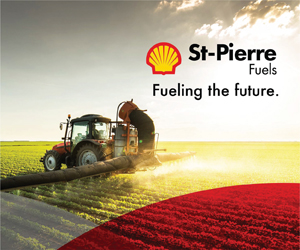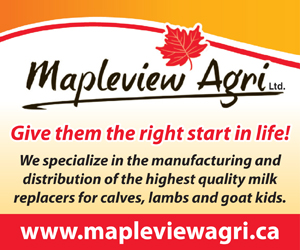While milk has long been dubbed ‘the most perfect food’, it may well soon earn the title of ‘the most perfect non-food’ too as it is more frequently used for manufacturing and processing.
Milk is a complex mixture of biochemicals, minerals and water that can generally be classified as carbohydrates, proteins and fats. Non-food uses for these compounds have proven to be viable, sustainable and environmentally friendly, with a list of possible applications that continually grow.
The major carbohydrate found in milk is lactose which is considered a simple carbohydrate. Lactose has been used by the pharmaceutical industry for many years as an excipient and diluent for drugs, toothpaste and other toiletries. Lactose dilutes the active ingredient in medication to help ensure uniform dose ingestion and assists in the formation of size, shape and taste.
There are countless applications for milk lactose. One of the more recent and novel uses is a local product called Vodcow produced by Dairy Distillery in Almonte. Vodcow is an alcoholic spirit likened to vodka that is made from distilled milk permeate, rather than traditional plant-based ingredients.
Milk proteins appear to have an even great number of non-food uses than milk carbohydrates. Recent innovations in the development of food wraps has created another option for food packaging using milk proteins.
The American Chemical Society and the USDA are developing milk protein-based food packaging from milk caseins that have good film-forming and coating abilities. Their research showed that milk casein with glycerol and citrus pectin form a soft but structurally sound bio-polymer that protects food from light, oxygen and humidity. This food wrap is both edible and readily biodegradable.
The research suggests that two potential applications of these casein-based bio-polymers could be single-serving wrappers such as for snack foods, and dissolvable packets for perhaps dehydrated soup pouches that could be dropped into warm water – package and all, and the packaging film would dissolve within seconds. Both of these options would minimize waste and could also offer additional nutritional value with vitamins and supplements added to the film during manufacturing.
Think of the possibilities! Perhaps some day we’ll be able to spray leftover food with an edible protein film, refrigerate it, then consume it a few days later with the assurance that it has not lost its taste or nutritional qualities.
Finding non-food uses for milk-proteins is not new. Many manufacturers from before the nineteenth century through to today have used milk-based caseins to make wood glues, paint, foam insulation, premium paper coatings, biodegradable plastics and textiles, among many other products and processes.
Milk fats or lipids are primarily used in food production and processing. However, milk fat also has non-food uses that revere its antimicrobial, antioxidant and anticarcinogenic properties. These are highly sought-after attributes in the making of pharmaceuticals, cosmetics, skin care creams, shampoos, detergents, water repellants and industrial lubricants, among many other applications.
As we look for more environmentally sustainable options for things like food packaging, it seems logical to turn to natural materials and their component parts for inspiration and innovation. Milk certainly offers a myriad of innovative alternatives to things like single use plastics that have increasing political and environmental consequences.










